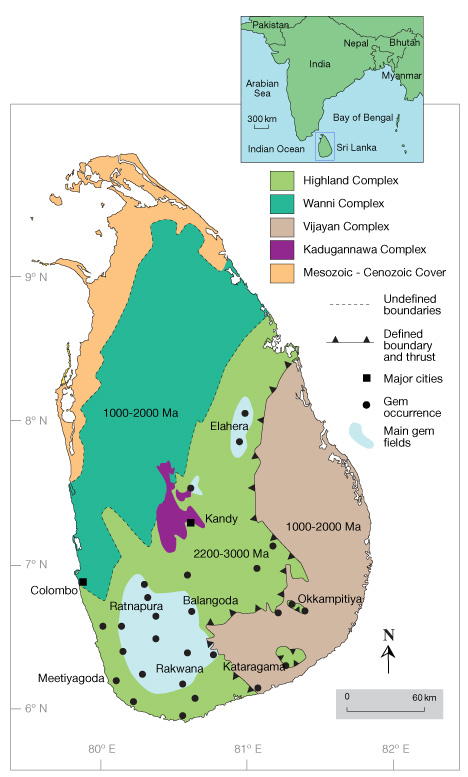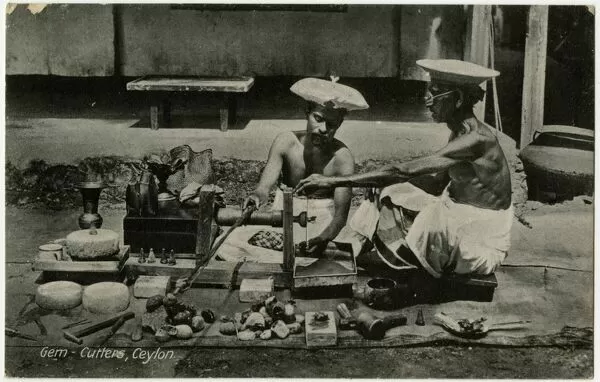Ceylon Gems paradise

Imagine holding a radiant sapphire that’s been cherished for centuries, its deep blue hue telling tales of ancient royalty and hidden treasures. This isn’t just any gemstone—it’s a Ceylon gem, born from the mystical island of Sri Lanka.
For centuries, Ceylon gems have captivated the world with their unparalleled beauty and quality. But what makes these precious stones so special? Is it their rich history, their unique characteristics, or the air of mystery that surrounds them? As we delve into the sparkling world of Ceylon gems, we’ll uncover the secrets behind their allure and why they continue to be prized possessions for gem enthusiasts and jewelry lovers alike.
Join us on a dazzling journey as we explore the fascinating realm of Ceylon gems. From their storied past to the various types you can find, and from their distinctive features to expert tips on purchasing and care, this guide will illuminate everything you need to know about these exquisite treasures from the Pearl of the Indian Ocean. 💫
The Rich History of Ceylon Gems

Ancient Origins and Royal Connections
Ceylon, now known as Sri Lanka, has been a treasure trove of precious gems for thousands of years. The island’s rich geological history, dating back to the formation of Gondwanaland, has blessed it with an abundance of gemstones that have captivated royalty and commoners alike throughout history.
The earliest recorded mention of Ceylon’s gems dates back to the 6th century BC, when the island was known as “Ratnadeepa” or “Island of Gems” in ancient Sanskrit texts. This name was no mere exaggeration; Ceylon’s gems have adorned the crowns and jewelry of royalty across the world for centuries.
One of the most famous gems from Ceylon is the Blue Belle of Asia, a 392-carat sapphire that was discovered in 1926. This magnificent stone, along with many others, has solidified Ceylon’s reputation as a source of some of the world’s finest gemstones.
Famous Ceylon Gems | Carat Weight | Discovery Year | Current Location |
|---|---|---|---|
Blue Belle of Asia | 392 carats | 1926 | Private Collection |
Blue Giant of Orient | 466 carats | 1907 | Unknown |
Star of India | 563 carats | Unknown | American Museum of Natural History |
Logan Sapphire | 423 carats | Unknown | Smithsonian Institution |
The royal connections of Ceylon gems extend beyond mere ownership. Many rulers throughout history have sought to control the island’s gem mines, recognizing their immense value. The Portuguese, Dutch, and British colonial powers all vied for control over Ceylon’s gem resources during their respective occupations of the island.
